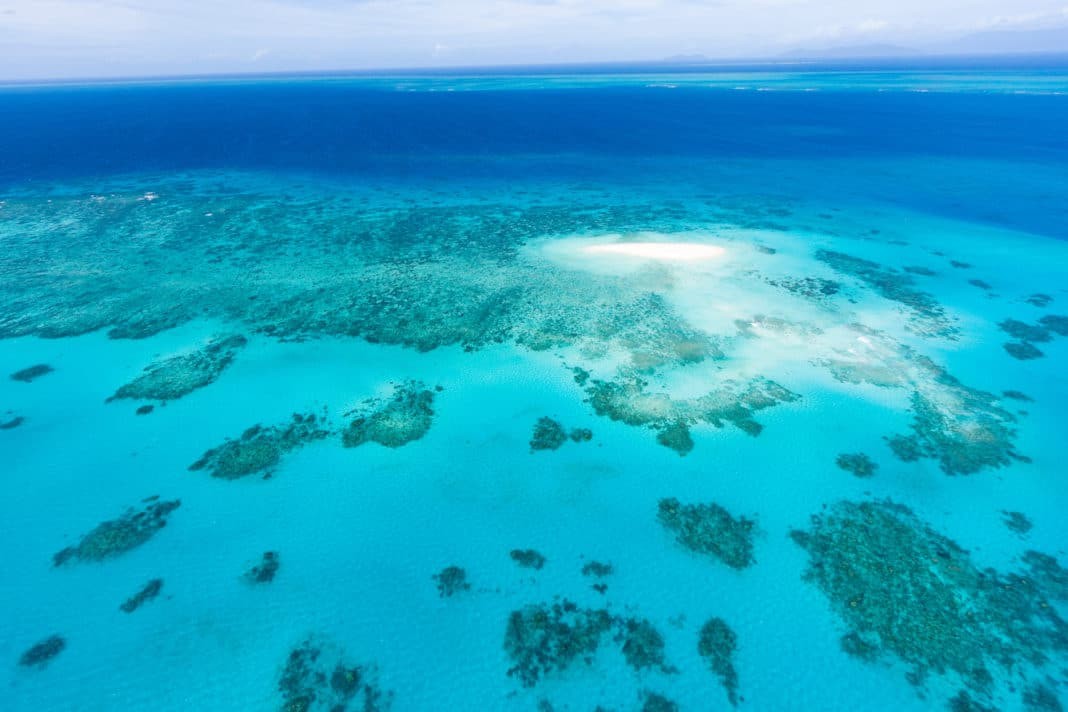New specialized sensors have been installed on Australia’s Great Barrier Reef to monitor its health and sediment runoff.
The sensors were installed on the Darumbal Sea Country in the Southern Great Barrier Reef and are the work of CSIRO Australia’s national science agency.
Monitoring and forecasting are crucial to staying on top of the health of one of the world’s UNESCO World Heritage sites.
The new emplacements are part of the AquaWatch Australia Mission, which will feature seven sites. These will provide a world-first weather service for monitoring water quality. The system uses a combination of satellite data and sensor data.
Commenting on the installation, CSIRO’s AquaWatch Mission Lead, Dr. Alex Held, said:
“We are testing our systems for monitoring the flow of sediment and dissolved organic carbon – an indicator of the carbon exchange between land and ocean – from the Fitzroy River out into Keppel Bay towards the southern region of the reef. Too much sediment can be a problem for coastal areas surrounding the river outlet because it blocks sunlight from reaching the seafloor, restricting the growth of marine plant life like seagrass. This then impacts the food availability for biodiversity in the area, including the reef’s colorful array of marine wildlife. Dissolved organic carbon blocks light that phytoplankton in the ocean need for photosynthesis, a process that removes carbon dioxide from the atmosphere much like plants do. We will also be able to identify higher levels of chlorophyll in the water, which can be indicative of a potential harmful algal bloom. Harmful algal blooms can be devastating for marine ecosystems when they produce toxins that can cause health problems and even kill fish.”
While senior CSIRO researcher Dr. Nagur Cherukuru added:
“The modeling and AI will integrate not only the AquaWatch sensor data, but other factors like ocean currents, wind speed, wind direction and tidal conditions to improve the accuracy of forecasts from AquaWatch. Much like having a weather report for guidance, the information can be used by water managers to inform marine and land planning decisions both during normal environmental patterns and in flood situations, when large volumes of sediment can be washed out to sea.”

